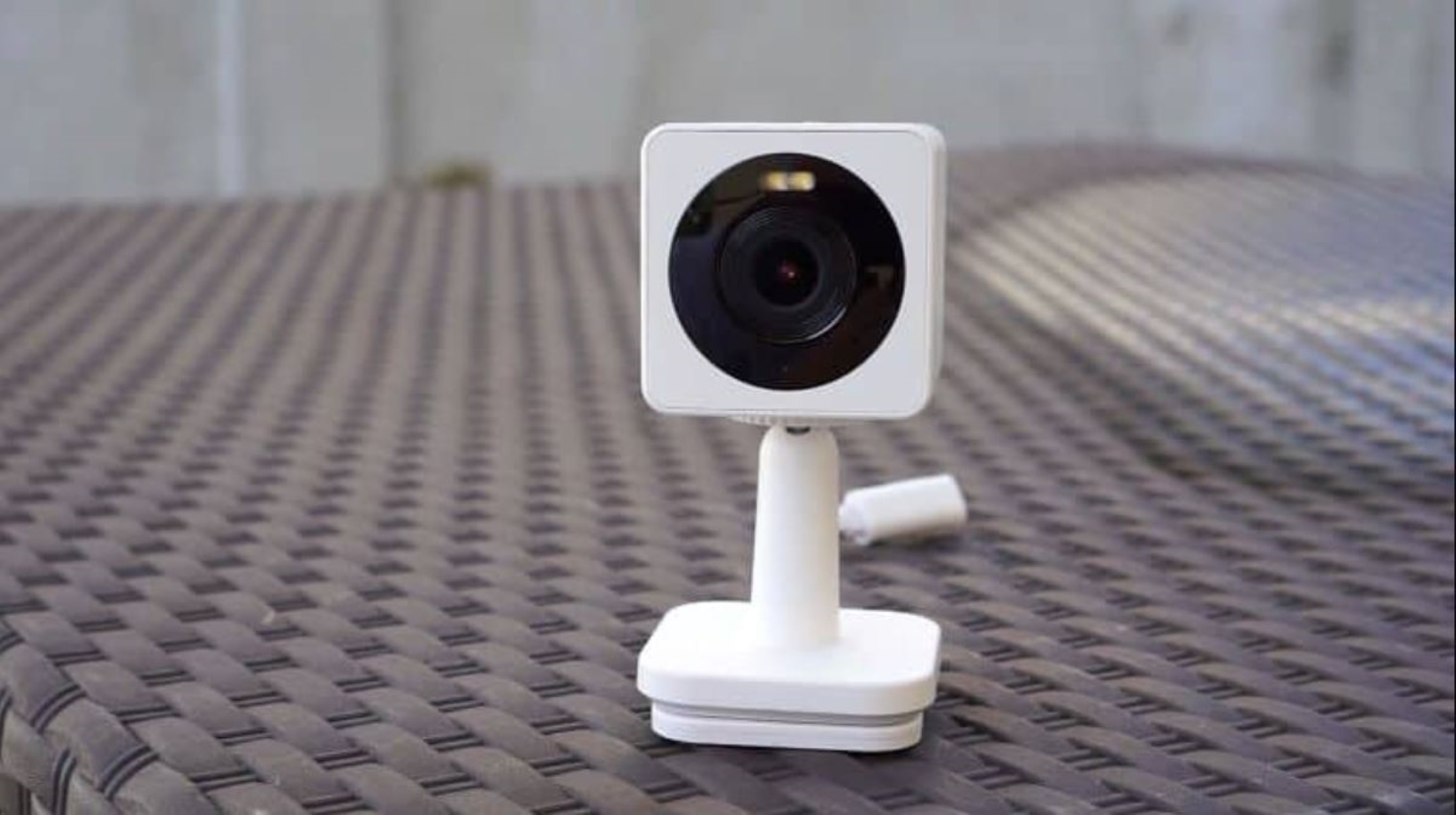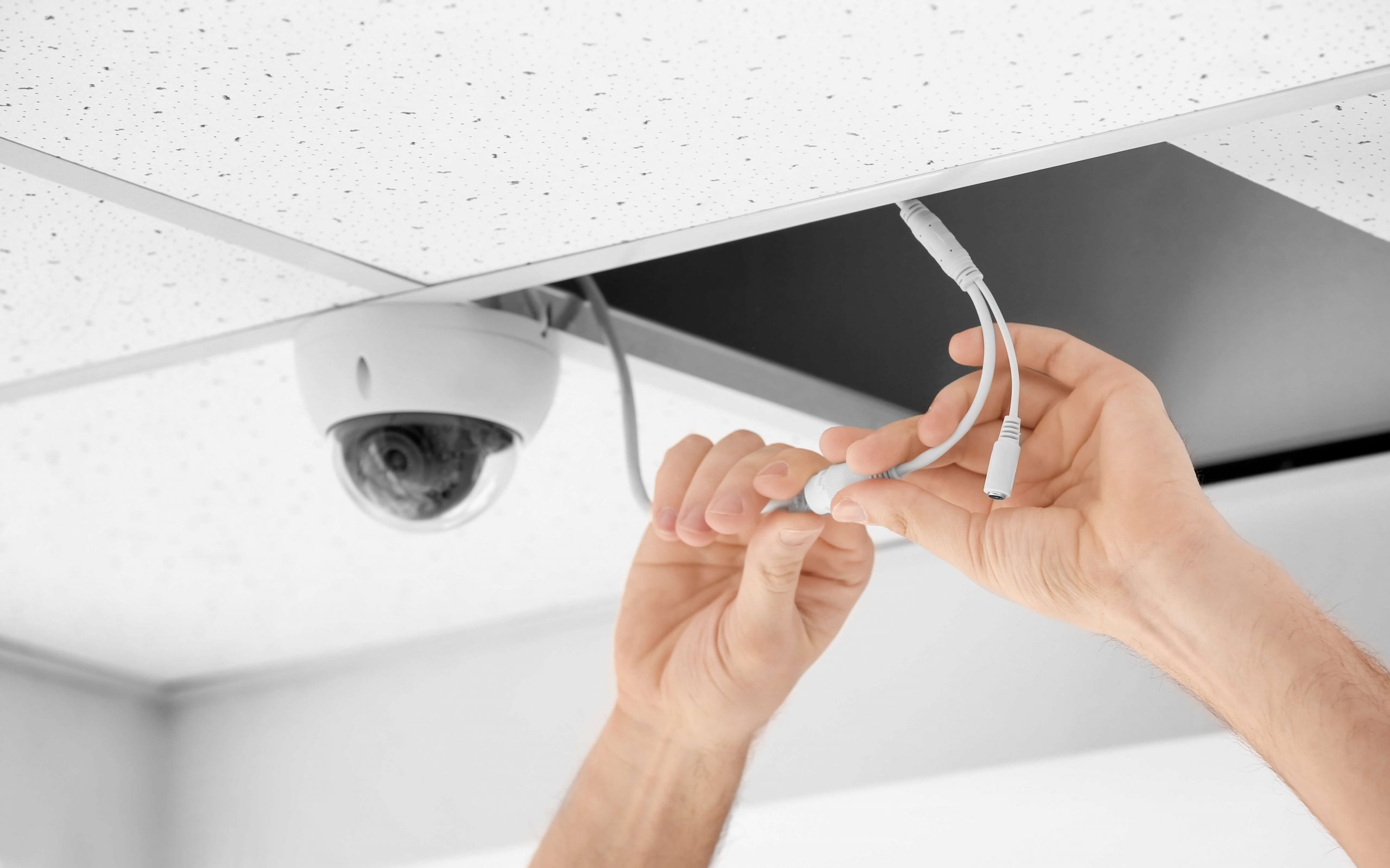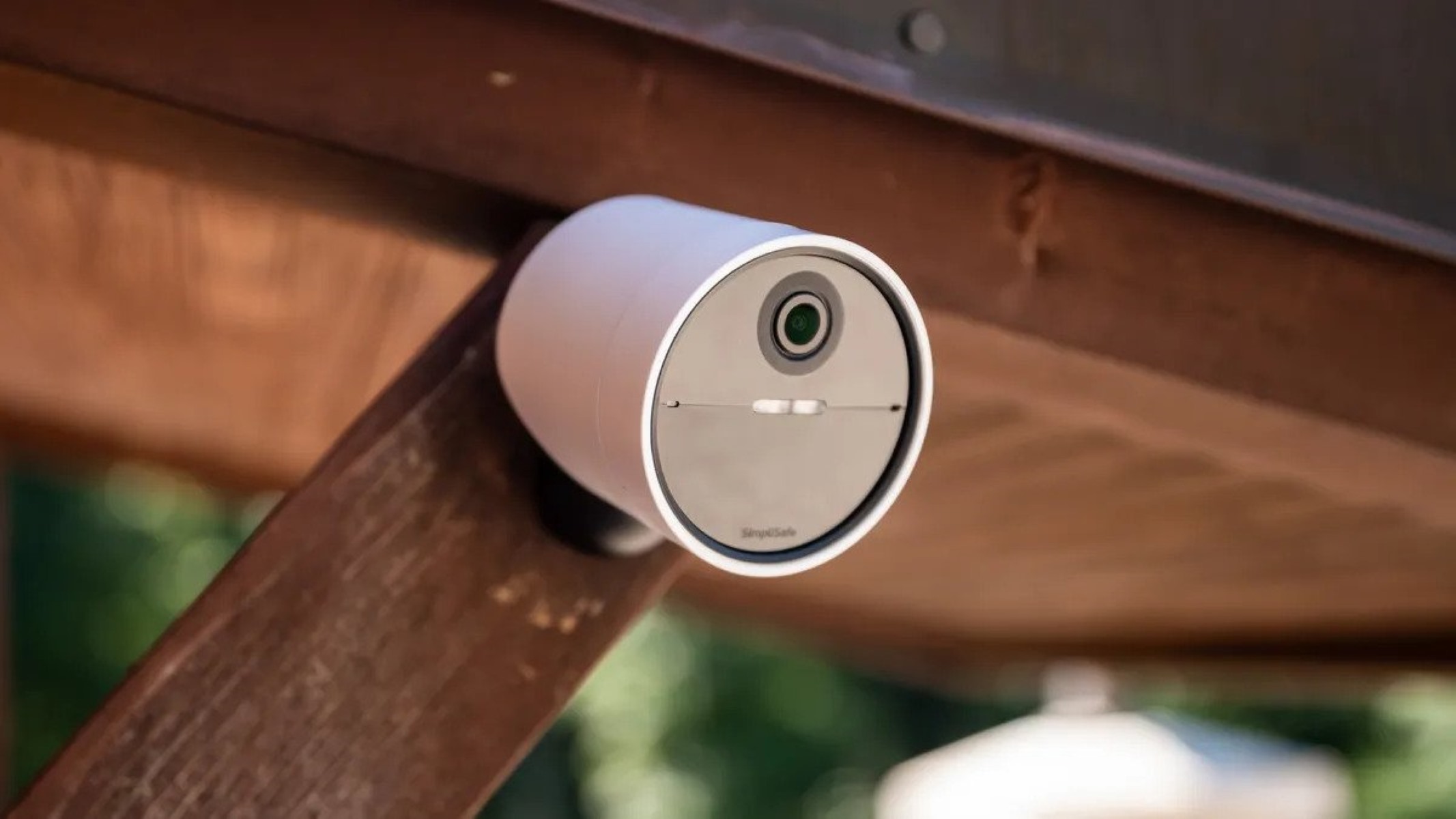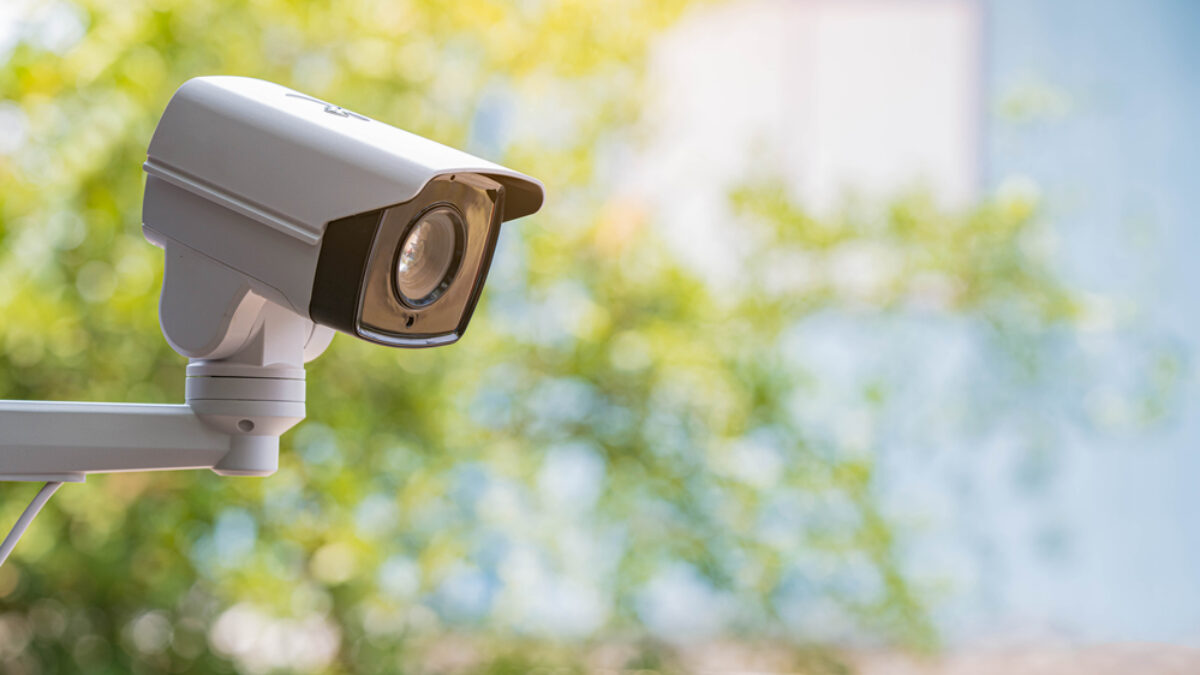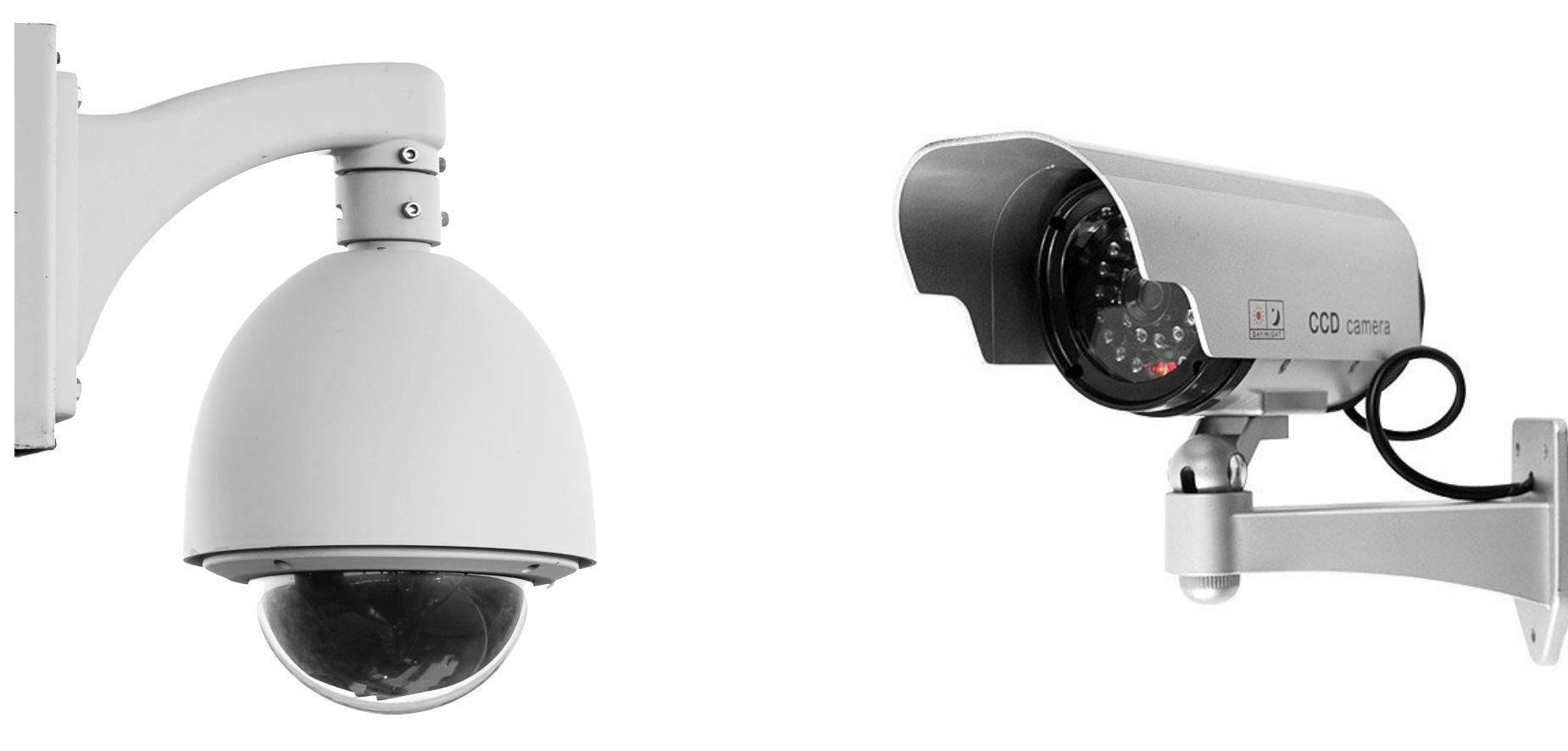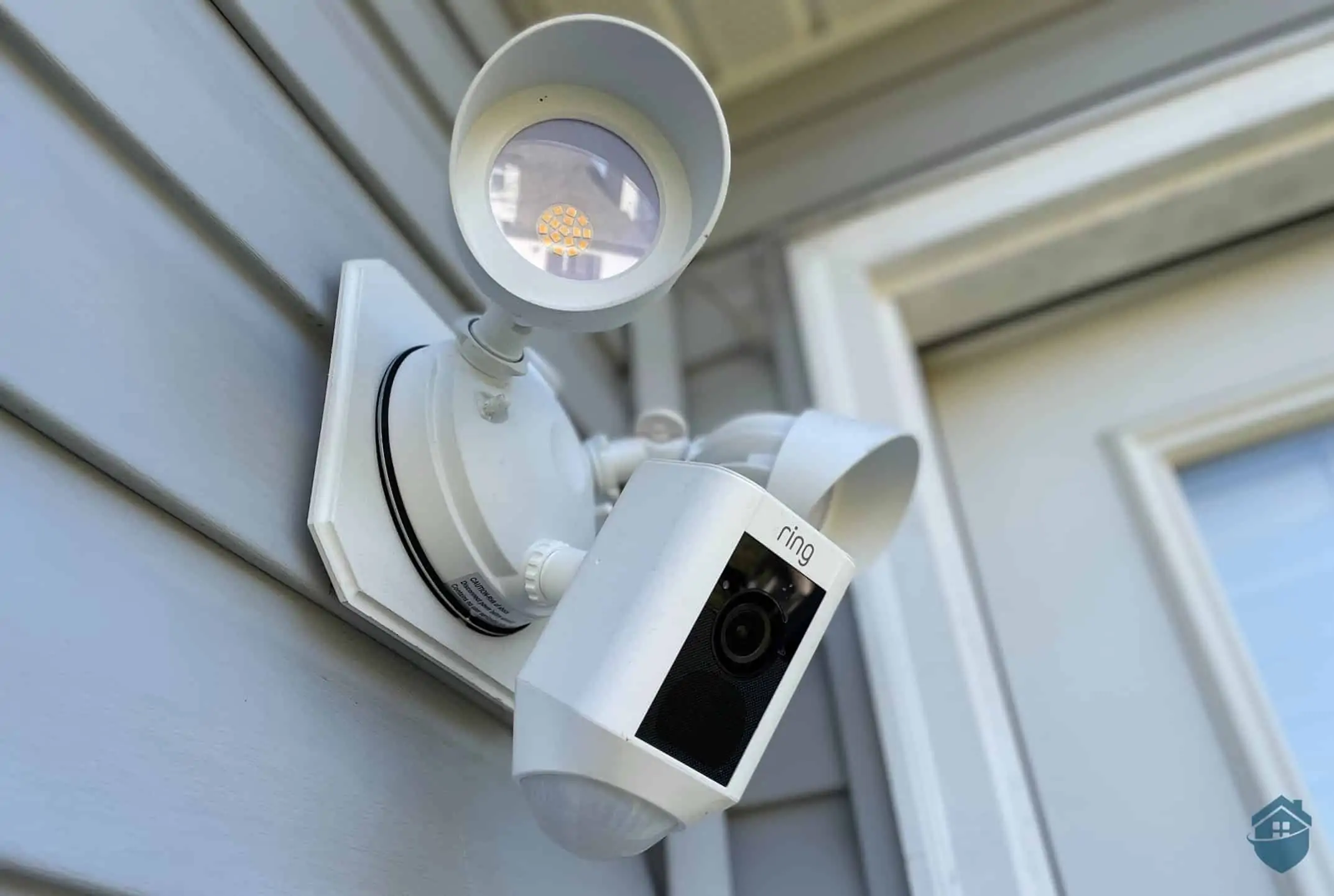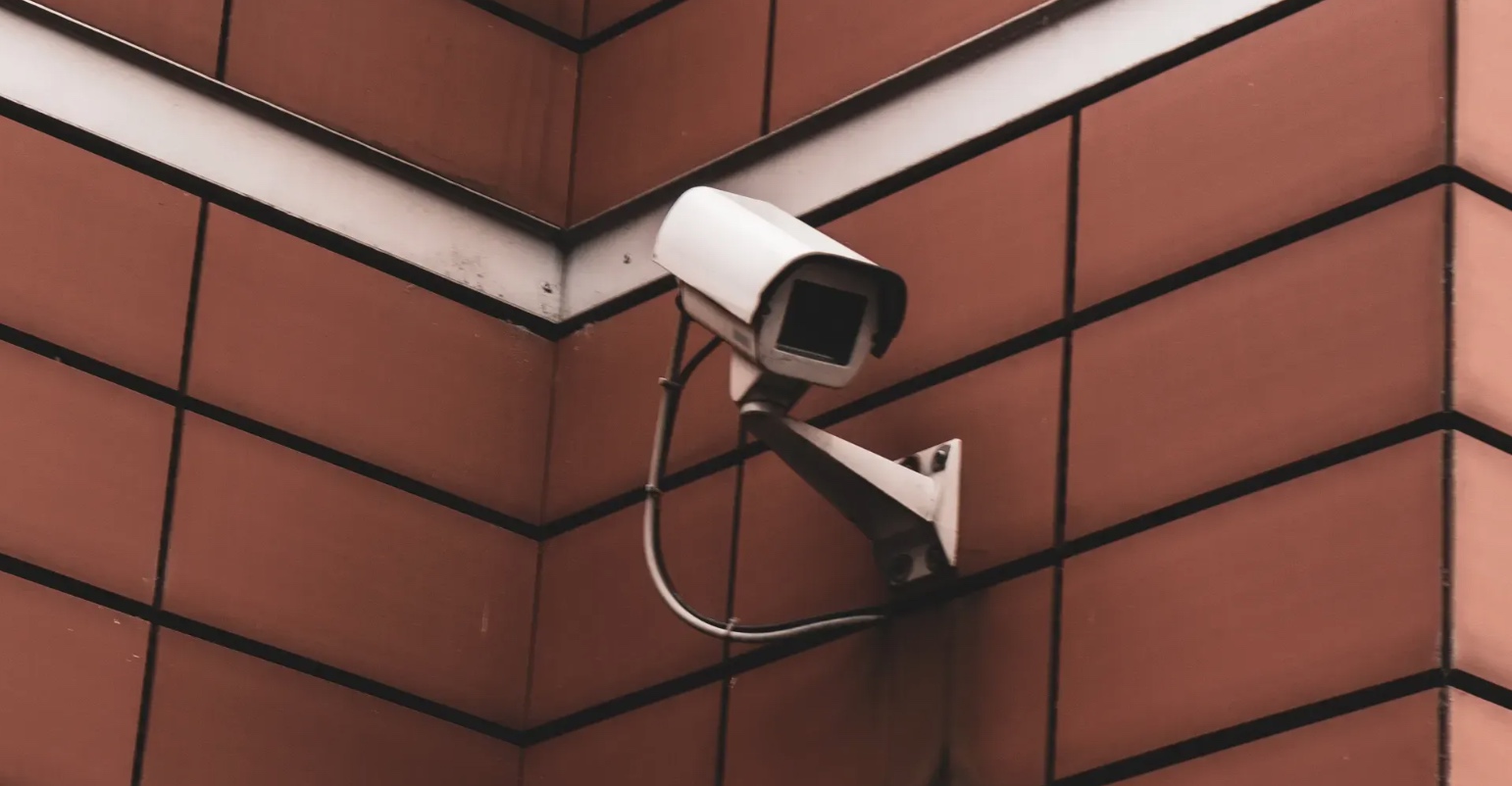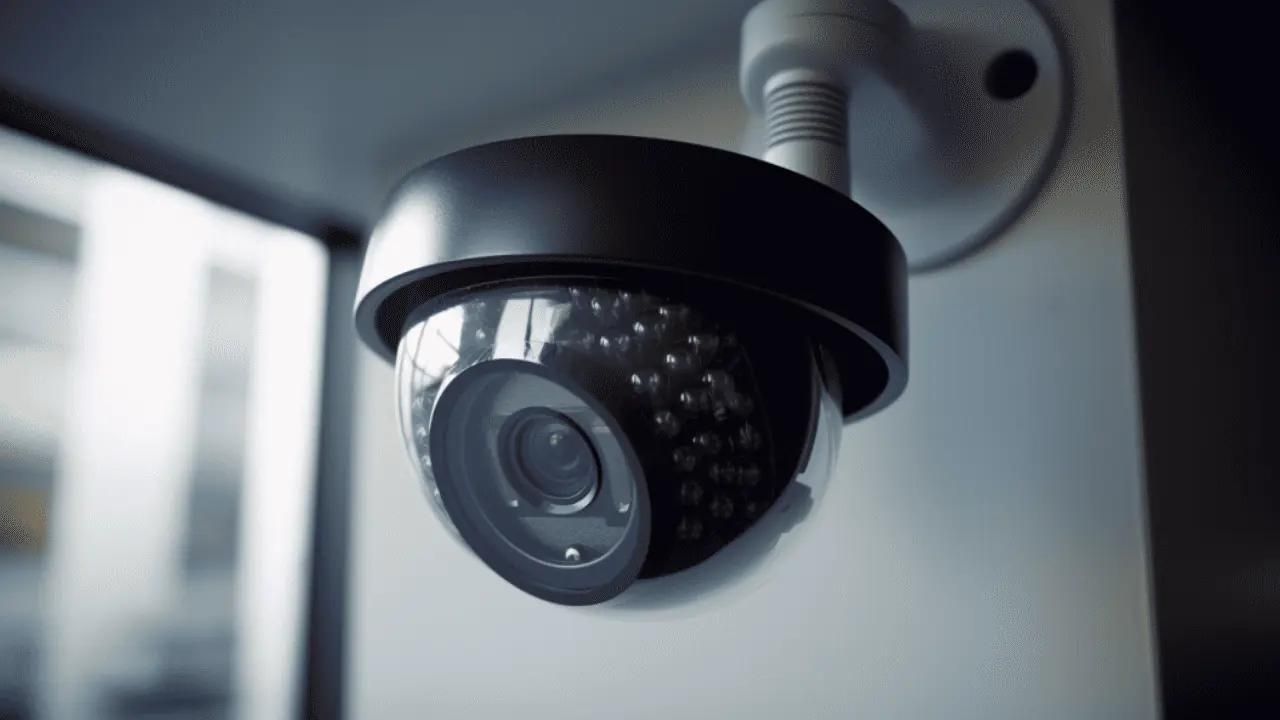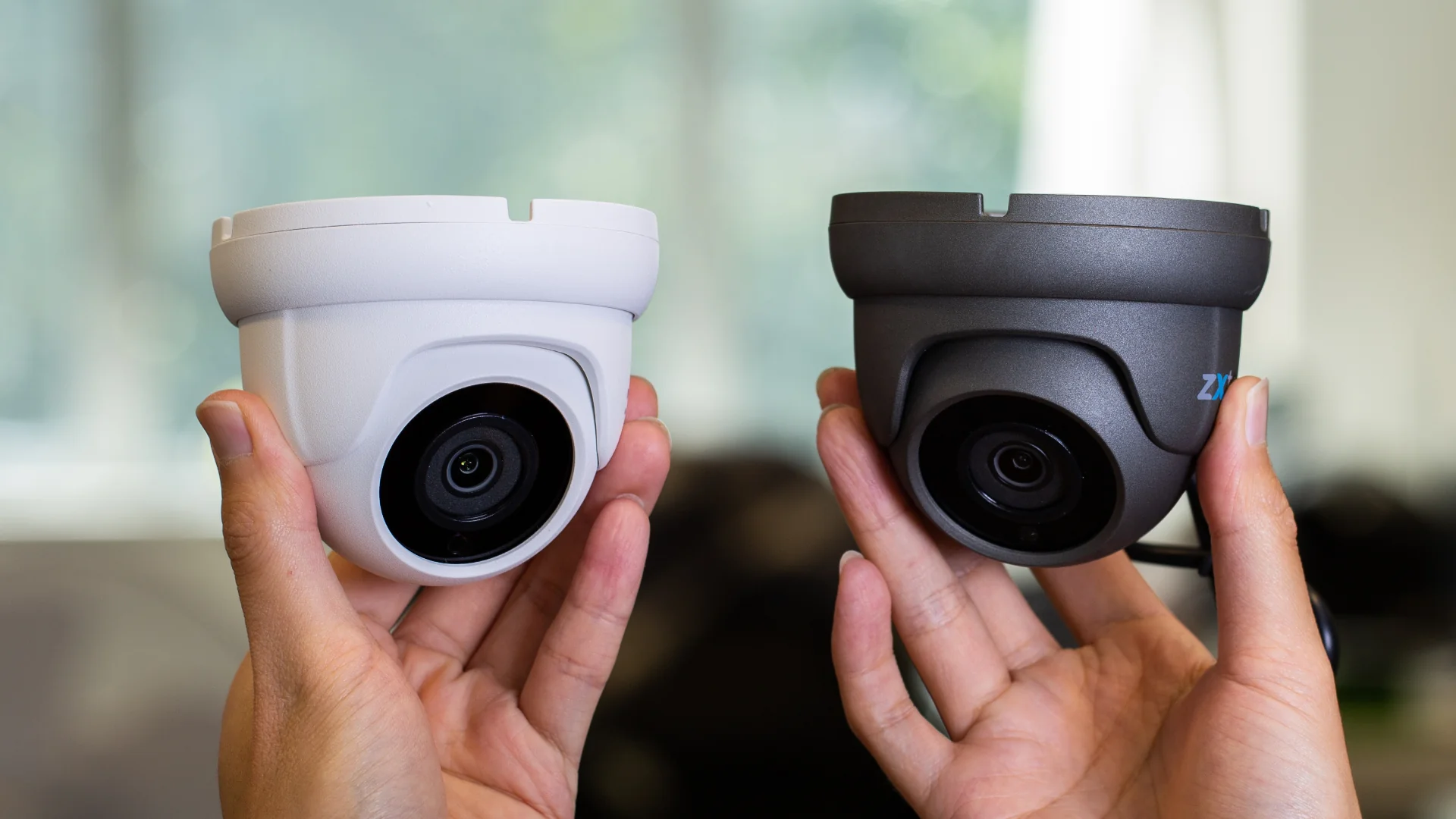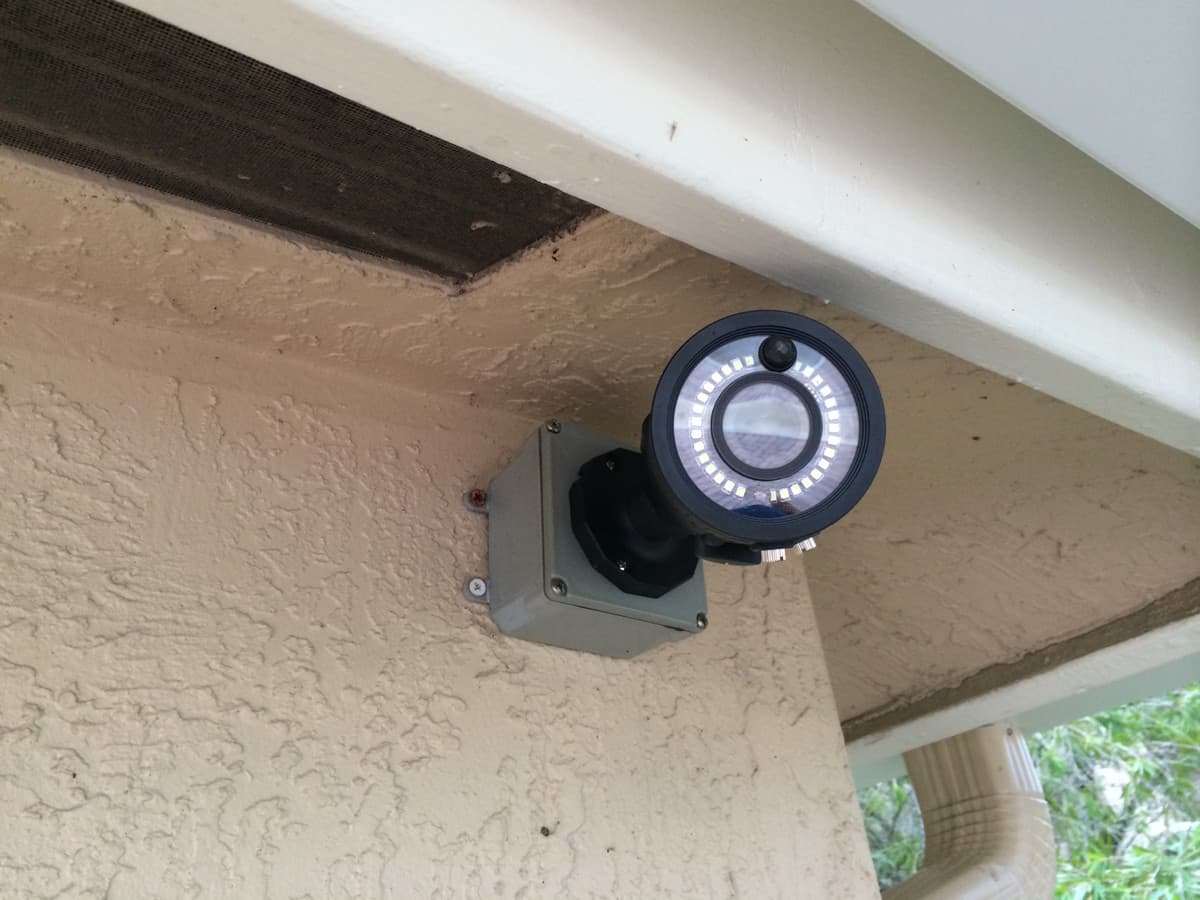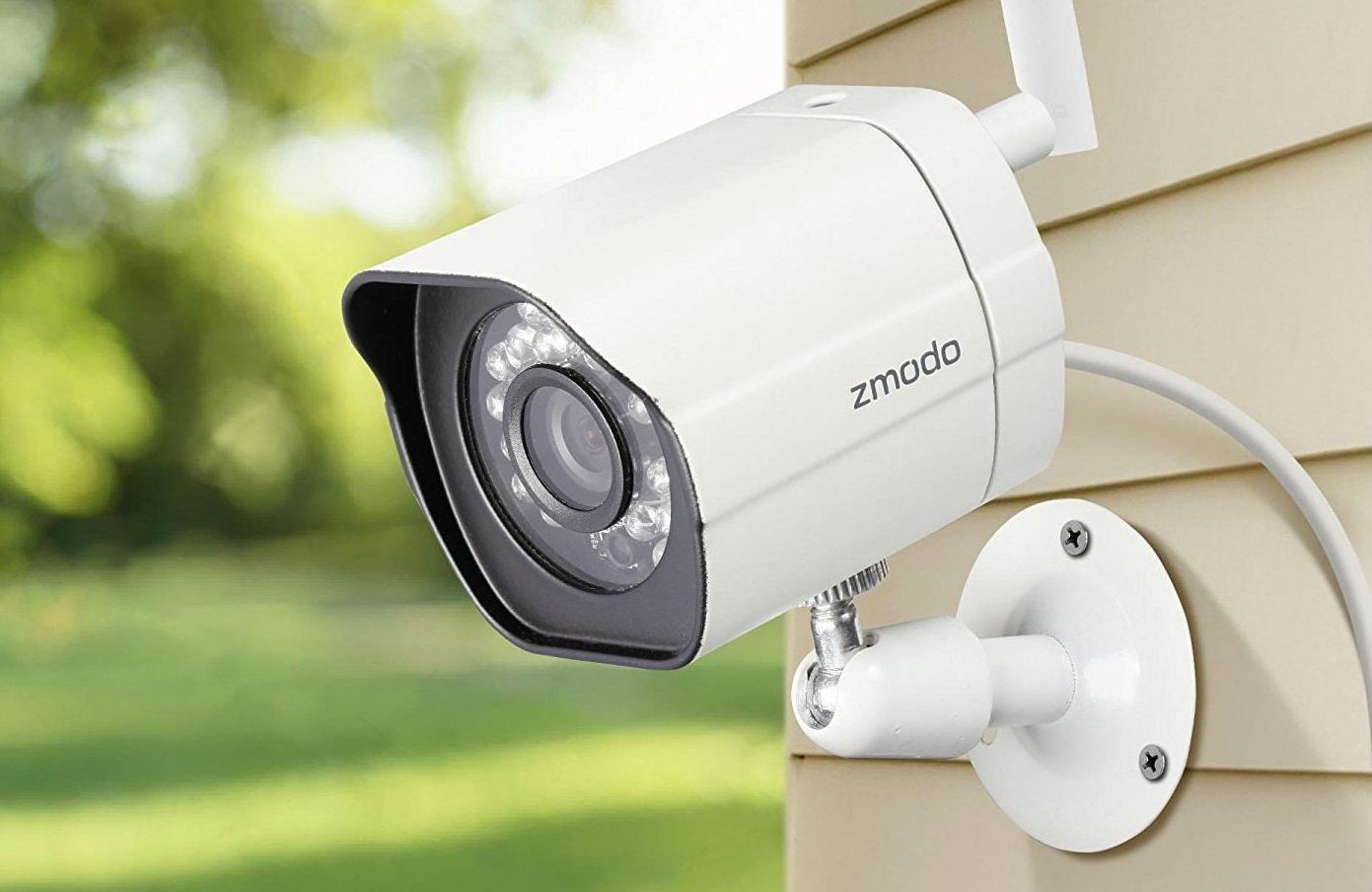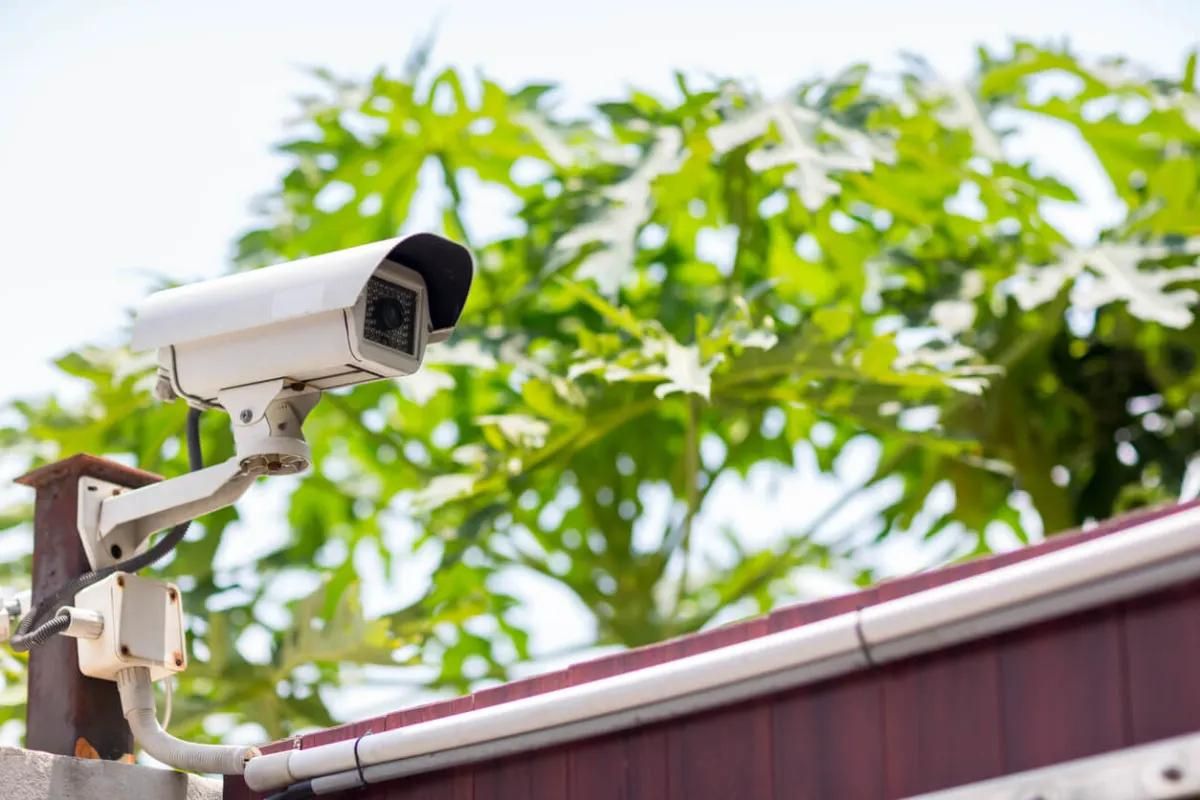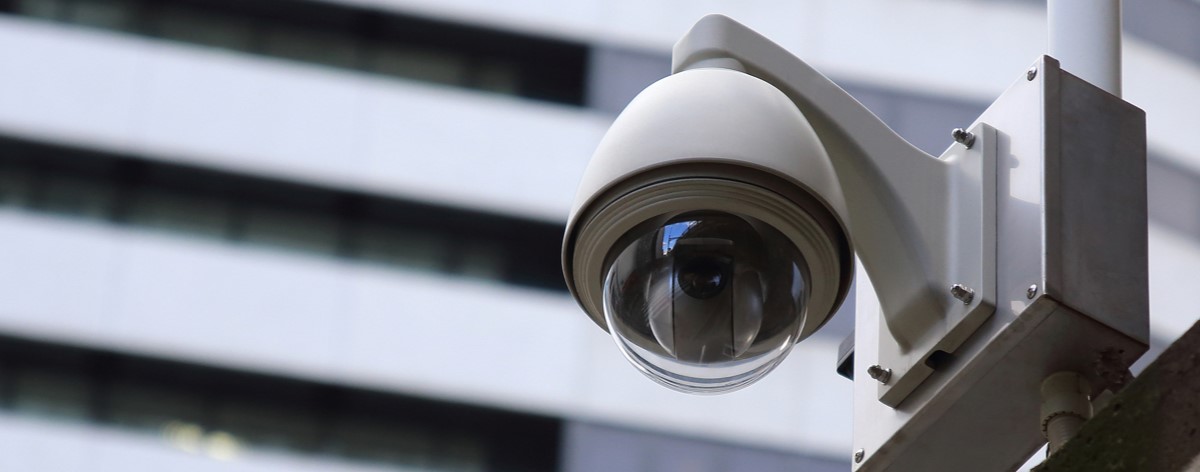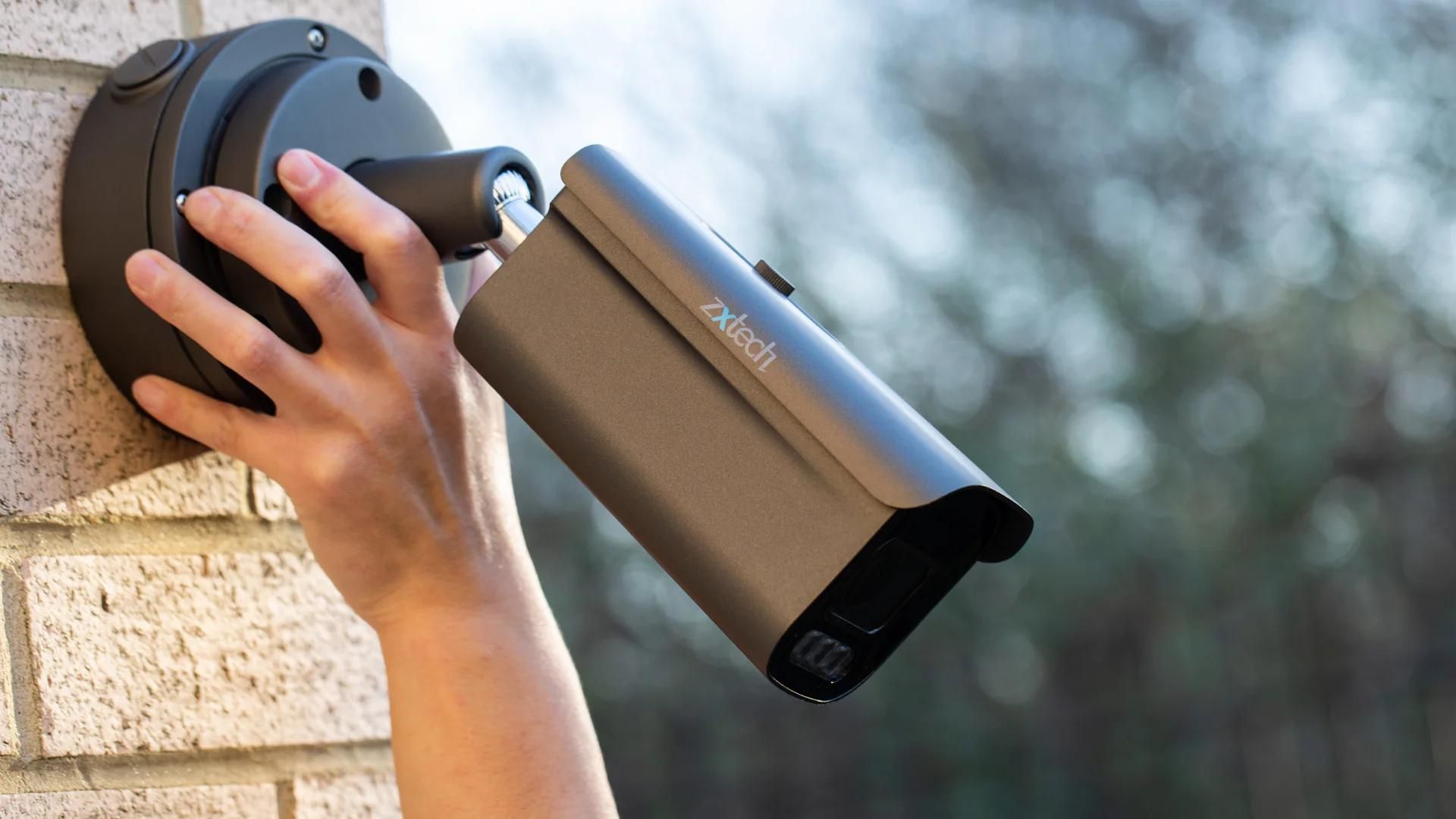Home>Home Security and Surveillance>What Is CCTV Security Cameras
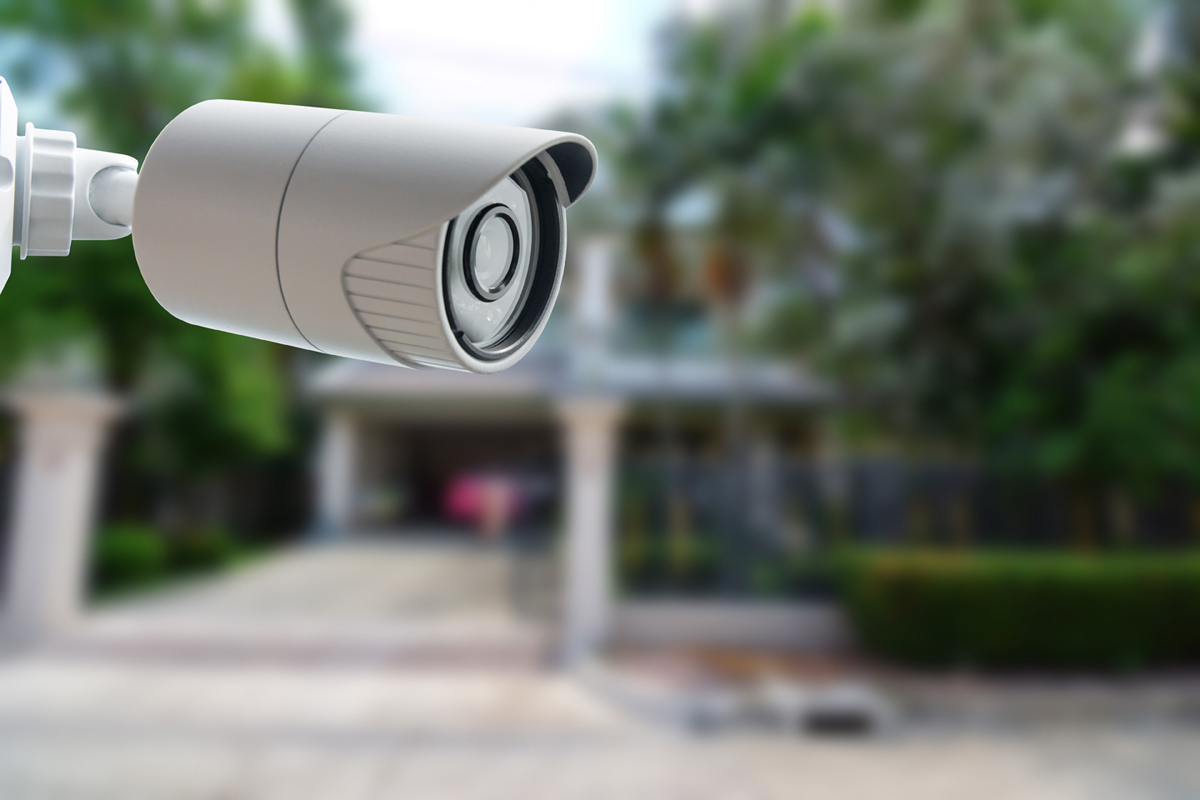

Home Security and Surveillance
What Is CCTV Security Cameras
Modified: March 6, 2024
Discover the benefits of CCTV security cameras for your home security and surveillance needs. Enhance your peace of mind with advanced monitoring and protection.
(Many of the links in this article redirect to a specific reviewed product. Your purchase of these products through affiliate links helps to generate commission for Storables.com, at no extra cost. Learn more)
Introduction
Welcome to the world of home security and surveillance. In an age where securing our homes and loved ones is of utmost importance, CCTV security cameras have become an indispensable tool. These advanced devices provide a watchful eye that can help deter criminals, monitor activities, and provide evidence in case of any untoward incidents. In this comprehensive guide, we will explore the fascinating world of CCTV security cameras, their history, components, types, benefits, challenges, legal considerations, and future trends. So, let’s dive in and discover the power and potential of CCTV security cameras.
Key Takeaways:
- CCTV security cameras have evolved from simple analog systems to advanced digital solutions, offering benefits such as deterring crime, providing evidence, and enabling remote monitoring. They play a crucial role in modern home security.
- While CCTV cameras offer numerous advantages, it’s important to address challenges like privacy concerns, data security, and system limitations. Adhering to legal and ethical considerations ensures responsible and lawful use of surveillance systems.
History of CCTV Security Cameras
The concept of closed-circuit television (CCTV) dates back to the early 1940s when German engineer Walter Bruch invented a system that allowed a single camera to transmit images to a limited number of monitors. However, it wasn’t until the 1960s that CCTV surveillance systems began to be widely used for security purposes.
Early CCTV systems relied on analog technology, with cameras capturing footage and transmitting it through coaxial cables to monitors or recorders. These systems were primarily used in banks, retail stores, and government facilities.
As technology advanced, so did CCTV systems. In the 1980s, the introduction of digital video recorders (DVRs) revolutionized the industry by allowing footage to be stored and reviewed digitally. This eliminated the need for bulky video tapes and made it easier to search for specific incidents.
The 1990s witnessed a significant shift towards IP-based CCTV cameras. These cameras used the internet protocol (IP) to transmit video footage over computer networks, enabling remote viewing from any location with internet access. This breakthrough technology opened up new possibilities for home security and surveillance.
Today, CCTV security cameras have advanced significantly. High-definition (HD) cameras with megapixel resolutions have become the norm, providing clearer and more detailed images. The introduction of artificial intelligence (AI) and machine learning has brought about intelligent video analytics, allowing cameras to detect suspicious activities automatically.
In recent years, advances in wireless technology and the rise of the Internet of Things (IoT) have further transformed CCTV systems. With the advent of Wi-Fi-enabled cameras, homeowners can now set up their surveillance systems without the need for complex wiring.
Overall, the history of CCTV security cameras demonstrates a remarkable evolution from simple analog systems to sophisticated digital solutions. As technology continues to advance, CCTV cameras will continue to play a crucial role in safeguarding our homes and maintaining peace of mind.
Components of CCTV Security Cameras
CCTV security cameras consist of several key components that work together to capture and transmit video footage. Understanding these components is essential in choosing the right system for your home security needs. Let’s explore the main components of CCTV security cameras:
- Camera: The camera is the most crucial component of a CCTV system. It captures the video footage and sends it to the recording device or monitor. Modern CCTV cameras come in various types, including dome cameras, bullet cameras, and PTZ (pan-tilt-zoom) cameras.
- Lens: The lens determines the viewing angle and focal length of the camera. It affects the field of view, zoom capabilities, and image clarity. Different lenses are suitable for different surveillance needs, such as wide-angle lenses for broad coverage or telephoto lenses for distant objects.
- Image Sensor: The image sensor is responsible for converting the optical image captured by the camera into an electronic signal. The two most common types of image sensors used in CCTV cameras are CCD (charge-coupled device) and CMOS (complementary metal-oxide-semiconductor).
- Recording Device: The recording device stores and manages the video footage captured by the cameras. It can be a digital video recorder (DVR), network video recorder (NVR), or cloud-based storage solution. The recording device allows for playback, searching, and archiving of the recorded footage.
- Monitor: The monitor displays the live or recorded video from the CCTV cameras. It allows users to view the surveillance footage in real-time or review recorded events. Monitors come in various sizes and resolutions, and some advanced systems may even support multiple monitors for simultaneous viewing.
- Cables and Connectors: CCTV systems require cables and connectors to transmit power and video signals between the cameras, recording device, and monitor. Coaxial cables, Ethernet cables, and power cables are commonly used, along with BNC (Bayonet Neill-Concelman) connectors and RJ45 connectors.
- Power Supply: CCTV cameras need a power source to operate. They can be powered directly through a power adapter or through Power over Ethernet (PoE) technology, which allows power and data transmission through a single Ethernet cable.
- Accessories: Additional accessories can enhance the functionality of CCTV systems. These may include mounting brackets, infrared illuminators for night vision, weatherproof housing for outdoor cameras, and PTZ controllers for remote camera movement.
By understanding the components of CCTV security cameras, you can make informed decisions when selecting and configuring a surveillance system that meets your specific needs and preferences. As technology advances, these components will continue to evolve, offering even more innovative features and capabilities.
Types of CCTV Security Cameras
When it comes to CCTV security cameras, there is a wide range of options available to suit different surveillance needs. Let’s explore some of the most common types of CCTV cameras:
- Dome Cameras: Dome cameras are named after their dome-shaped housings. They are versatile and can be installed both indoors and outdoors. Dome cameras are popular for their discreet appearance and wide-angle coverage. Some dome cameras also come with vandal-resistant features, making them suitable for high-risk areas.
- Bullet Cameras: Bullet cameras are cylindrical in shape and are designed for long-range surveillance. They typically have a built-in lens and are known for their ability to capture high-quality images over a distance. Bullet cameras are commonly used in outdoor settings, such as parking lots, entrances, and perimeter surveillance.
- PTZ Cameras: PTZ (pan-tilt-zoom) cameras offer remote control over the camera’s movement and zoom capabilities. Users can pan the camera horizontally, tilt it vertically, and zoom in or out to focus on specific areas of interest. PTZ cameras are ideal for monitoring large areas or for tracking objects or individuals in real-time.
- Wireless Cameras: Wireless CCTV cameras eliminate the need for complex wiring by using Wi-Fi or other wireless technologies to transmit video signals. They offer flexibility in camera placement and are easy to install. Wireless cameras are suitable for residential settings and areas where running cables is challenging.
- IP Cameras: IP (Internet Protocol) cameras are digital cameras that transmit video and audio data over a computer network or the internet. They offer high-resolution images, advanced video analytics, and remote accessibility. IP cameras can be wired or wireless and can be integrated into existing networks.
- Thermal Cameras: Thermal cameras use infrared technology to capture heat signatures and display them as images. They are ideal for detecting objects or individuals in complete darkness or challenging weather conditions. Thermal cameras are commonly used in perimeter surveillance, border control, and industrial applications.
Each type of CCTV camera has its unique features and advantages. The choice of camera type depends on factors such as the surveillance environment, desired coverage, monitoring requirements, and budget constraints. It’s important to assess your specific needs and consult with a security professional to determine the most suitable camera type for your home security system.
Benefits of CCTV Security Cameras
CCTV security cameras offer numerous benefits when it comes to protecting your home and ensuring your peace of mind. Let’s explore some of the key advantages of installing CCTV cameras:
- Crime Deterrence: The mere presence of CCTV cameras acts as a deterrent to criminals. Knowing that they are being watched and recorded can discourage burglars, vandals, and trespassers from targeting your property.
- 24/7 Monitoring: CCTV cameras provide round-the-clock surveillance, allowing you to monitor your home in real-time. This constant vigilance ensures that any suspicious activities or potential threats are detected immediately, enhancing your overall security.
- Evidence Collection: In the unfortunate event of a break-in or any other criminal activity, CCTV cameras provide valuable evidence to law enforcement agencies. High-quality footage captured by cameras can be used to identify perpetrators, aid in investigations, and increase the chances of a successful prosecution.
- Remote Viewing: Modern CCTV systems often come with remote viewing capabilities, allowing you to access live or recorded footage from anywhere at any time through a smartphone or computer. This feature grants you the flexibility to monitor your home even when you’re away, providing peace of mind while traveling or at work.
- Employee and Child Safety: CCTV cameras are not limited to home security; they are also valuable in commercial settings. Businesses can use cameras to monitor employee behavior, prevent theft, and ensure the safety of employees and customers. In a similar vein, parents can utilize CCTV cameras to keep an eye on their children and ensure their well-being, even when they are in another part of the house.
- Insurance Benefits: Installing CCTV security cameras can lead to reduced insurance premiums as they demonstrate your commitment to safeguarding your property. Insurance companies view surveillance systems as an added layer of protection, potentially lowering the risk factor associated with your home.
- Peace of Mind: Perhaps the most significant benefit of CCTV security cameras is the peace of mind they provide. Knowing that your home is under constant surveillance and that you have the ability to monitor it at any time can alleviate stress and anxiety, allowing you to feel secure and protected.
These are just a few of the many benefits that CCTV security cameras offer. Whether it’s deterring crime, providing evidence, or ensuring remote accessibility, CCTV cameras are an invaluable tool for enhancing the security and safety of your home.
When installing CCTV security cameras, make sure to place them in strategic locations to cover all entry points and vulnerable areas. This will help maximize their effectiveness in monitoring and deterring potential intruders.
Challenges and Concerns of CCTV Security Cameras
While CCTV security cameras come with numerous benefits, it’s important to be aware of the challenges and concerns associated with their use. Let’s delve into some of the key considerations:
- Privacy Concerns: One of the main concerns surrounding CCTV cameras is the invasion of privacy. Their presence may raise ethical questions regarding the monitoring of individuals’ activities in public spaces or even within private properties. It’s crucial to strike a balance between security needs and respecting personal privacy rights.
- Data Security: CCTV cameras transmit and store video footage, making them susceptible to data breaches or unauthorized access. Ensuring proper security protocols, encryption, and strong passwords are essential to protect the integrity and privacy of the recorded data.
- Misuse and Abuse: CCTV cameras can be misused or abused if they fall into the wrong hands. Unauthorized individuals may tamper with or disable the cameras, compromising the effectiveness of the surveillance system. Proper physical and digital security measures are necessary to prevent tampering and ensure that only authorized personnel have access to the system.
- System Limitations: CCTV cameras have limitations that need to be considered. Factors such as the camera’s field of view, resolution, and lighting conditions can impact the effectiveness of the system. It’s important to select the right cameras for your specific surveillance needs and ensure proper placement and maintenance for optimal performance.
- Cost and Installation: Setting up a comprehensive CCTV system can involve significant upfront costs for purchasing cameras, recording devices, and other components. Additionally, installation and maintenance expenses should be taken into account. It’s crucial to determine a budget and invest in a reliable and reputable system that meets your requirements.
- Regulatory and Legal Complications: Different regions and jurisdictions may have specific laws and regulations regarding the use of CCTV cameras. It’s essential to familiarize yourself with local regulations, such as posting notices about surveillance and adhering to privacy laws, to avoid legal complications and ensure compliance.
- Monitoring and Response: While CCTV cameras can provide evidence after an incident occurs, real-time monitoring may not always be feasible. Depending on the system setup and available resources, it may be challenging to actively monitor all camera feeds continuously. Implementing efficient monitoring and response protocols is crucial to make the most of the surveillance system.
By addressing these challenges and concerns proactively, you can mitigate potential risks and ensure that your CCTV security cameras are used responsibly and effectively in enhancing the security of your home.
Legal and Ethical Considerations
When it comes to using CCTV security cameras, it’s essential to consider the legal and ethical implications. Understanding and adhering to these considerations is crucial to ensure the responsible and lawful use of surveillance systems. Let’s explore some of the key legal and ethical considerations:
- Privacy Laws: Different countries and regions have specific laws and regulations regarding privacy and the use of surveillance cameras. It’s important to familiarize yourself with the applicable laws and ensure compliance. This may include obtaining consent from individuals who may be captured by the cameras, posting visible notices about the presence of CCTV cameras, and protecting the privacy of individuals’ personal information.
- Public vs. Private Spaces: There is often a distinction between public and private spaces when it comes to the use of CCTV cameras. Generally, it is more acceptable to install cameras in public areas with a legitimate security purpose, such as recording entrances or common areas. However, caution must be exercised when monitoring private spaces, such as bathrooms or bedrooms, as it can raise legal and ethical concerns.
- Access and Data Security: It’s essential to ensure the security and protection of the recorded data to prevent unauthorized access or misuse. This includes implementing strong passwords, encryption, and secure storage solutions. Limiting access to the footage to authorized individuals only and establishing protocols for data retention and disposal are also important considerations.
- Informed Consent: In situations where CCTV cameras may capture individuals’ images, it’s important to obtain informed consent whenever required by applicable laws. This may include informing individuals about the purpose of the surveillance, their rights in relation to their personal data, and how they can exercise their privacy rights.
- Employee Monitoring: If CCTV cameras are used in a workplace setting, it’s crucial to consider employment laws and regulations. Transparency, proper communication, and compliance with labor laws are necessary to maintain a respectful and fair workplace environment while using surveillance cameras for legitimate security purposes.
- Ethical Use: Ethical considerations go beyond legal requirements. It’s important to assess whether the use of CCTV cameras aligns with ethical principles such as respecting individuals’ privacy, minimizing unnecessary intrusion, and using surveillance systems for legitimate security purposes rather than for voyeuristic or discriminatory reasons.
- Data Protection: With the increasing prevalence of data breaches, it’s crucial to take measures to protect the recorded data. This includes implementing appropriate cybersecurity measures, complying with data protection laws, and ensuring the secure storage and disposal of the footage.
By being aware of and adhering to the legal and ethical considerations, you can responsibly and ethically utilize CCTV security cameras to enhance the safety and security of your home while respecting the rights and privacy of individuals.
Future Trends in CCTV Security Cameras
The world of CCTV security cameras continues to evolve, with advancements in technology shaping the future of surveillance systems. Here are some of the exciting trends to look out for:
- High-Resolution and 4K Cameras: As technology progresses, higher resolution cameras are becoming more affordable and accessible. Ultra HD and 4K cameras offer incredibly detailed images, allowing for sharper video footage and enhanced identification capabilities.
- Artificial Intelligence (AI) and Advanced Analytics: AI and advanced analytics are revolutionizing the CCTV industry. Intelligent video analytics can automatically detect and analyze objects, behaviors, and anomalies in real-time. This enables proactive alerts, smart notifications, and more efficient monitoring and response capabilities.
- Facial Recognition: Facial recognition technology is becoming increasingly accurate and widely used. CCTV cameras equipped with facial recognition capabilities can identify individuals, allowing for enhanced security measures and access control. However, the ethical considerations surrounding the use of facial recognition technology are a subject of ongoing debate.
- Cloud-Based Storage and Remote Access: Cloud-based storage solutions offer convenient and secure ways to store and access CCTV footage. With remote access capabilities, users can now view live or recorded video footage from anywhere via their smartphones or computers, providing flexibility and convenience.
- Smart Integration and IoT: CCTV cameras are being integrated with other smart home devices, creating a more interconnected security ecosystem. Integration with smart locks, motion sensors, and voice assistants allows for seamless automation and coordinated response to security events.
- Mobile Monitoring and Control: Mobile apps and platforms enable users to monitor and control their CCTV systems on the go. With mobile notifications and real-time alerts, users can stay updated on security events and take appropriate actions, enhancing the overall effectiveness of the surveillance system.
- Enhanced Night Vision Capabilities: Low-light and night vision technologies are improving, allowing for clearer footage in dark environments. Infrared (IR) illuminators and thermal imaging cameras enable better visibility and detection even in complete darkness.
- Integration with Emergency Services: CCTV systems are increasingly becoming integrated with emergency services. This integration enables faster response times and improved coordination between the surveillance system and law enforcement agencies.
These trends indicate an exciting future for CCTV security cameras, offering more sophisticated features, smarter analytics, and seamless integration with other technologies. As technology advances, CCTV systems will continue to play a vital role in keeping our homes and communities safe.
Conclusion
CCTV security cameras have come a long way, evolving from simple analog systems to sophisticated digital solutions that provide unparalleled surveillance capabilities. With their ability to deter crime, monitor activities, and provide valuable evidence, CCTV cameras have become an essential component of modern home security.
Throughout this comprehensive guide, we have explored the history, components, types, benefits, challenges, and legal considerations of CCTV security cameras. We have learned about the advancements in technology, such as high-resolution cameras, artificial intelligence, facial recognition, and cloud-based storage, that are shaping the future of surveillance systems.
As you navigate the world of CCTV security cameras, it is important to strike a balance between security and privacy. Adhering to legal regulations, obtaining informed consent when necessary, and being mindful of ethical considerations will ensure responsible and lawful use of surveillance systems.
While CCTV cameras offer numerous benefits, it is crucial to address the challenges they present, such as privacy concerns, data security, and system limitations. Being aware of these challenges and taking appropriate measures will help mitigate risks and maximize the effectiveness of your CCTV system.
Looking ahead, the future of CCTV security cameras looks promising. Advancements in technology, integration with other smart devices, and improved analytics will continue to enhance the capabilities of surveillance systems. As technology evolves, CCTV systems will play an increasingly crucial role in safeguarding our homes, businesses, and communities.
In conclusion, CCTV security cameras provide a powerful tool in protecting our homes and loved ones. By selecting the right cameras, adhering to legal and ethical considerations, and keeping up with the latest advancements, you can create a robust and effective surveillance system that enhances your security and provides peace of mind.
Frequently Asked Questions about What Is CCTV Security Cameras
Was this page helpful?
At Storables.com, we guarantee accurate and reliable information. Our content, validated by Expert Board Contributors, is crafted following stringent Editorial Policies. We're committed to providing you with well-researched, expert-backed insights for all your informational needs.
